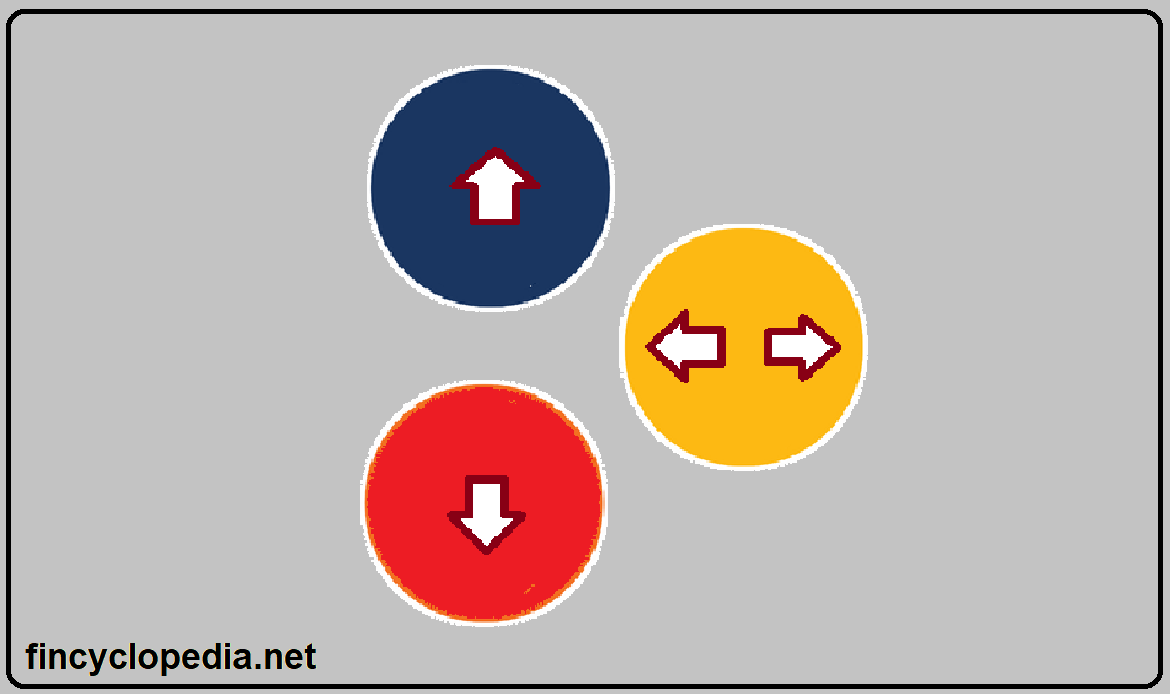A monetary item is an asset or liability whose value is stated in monetary terms that will not change (or that are expected not to change) in the future. Such items have a fixed numerical value in monetary terms. Monetary items are monetary assets and monetary liabilities.
A monetary asset is a type of financial asset that constitutes money (cash) held in, and assets whose value can be converted into, a fixed or determinable amount of money (cash). Under accounting principles, a monetary asset doesn’t gain or lose value over some time. However, in reality monetary assets may be impacted by inflation or deflation, and as a result their real value doesn’t remain fixed over the long run, and even over the short run in specific cases. On the other hand, a monetary liability is a liability whose value is measured and stated in monetary terms (cash amounts). As such, it is a fixed obligation that an entity has to pay/ settle/ transfer.
Monetary assets include cash and cash equivalents, investments, accounts receivable, and notes receivable.
Examples of monetary liabilities include trade payables, notes payable, and other amounts payable (taxes, wages, etc.) As opposed to a non-monetary liability, a monetary liability reflects an obligation whose amount is clearly stated in a invoice, a loan agreement, etc, in monetary terms.







